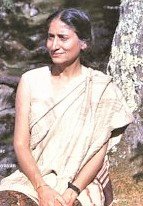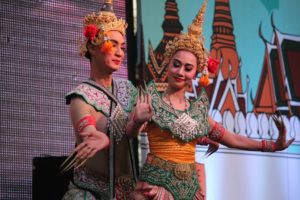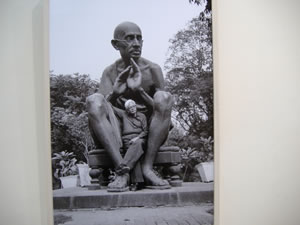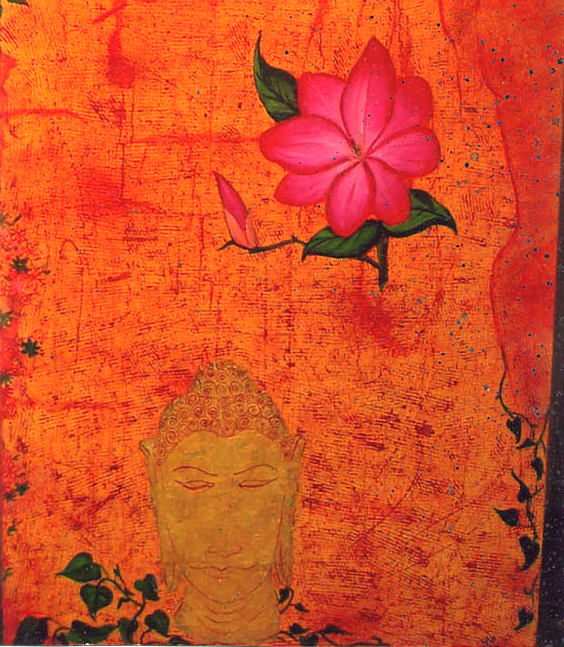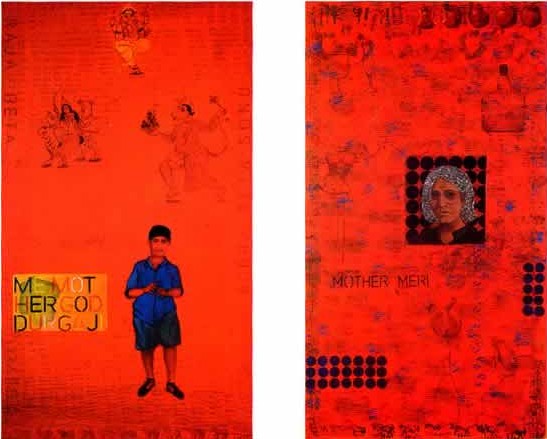The Intersection of Art and Constitution: A Republic Day Symposium at Kala Sankul

New Delhi, January 26: A special monthly symposium was organized at Sanskar Bharati’s central office, ‘Kala Sankul,’ on the eve of Republic Day. The theme of the symposium was “The Artist’s Vision of the Soul of the Indian Constitution,” with Shri Lakshmi Narayan Bhala Ji, a senior pracharak of the Rashtriya Swayamsevak Sangh and an expert on the Indian Constitution, as the keynote speaker.
The event began with floral tributes to the portrait of Bharat Mata and a ceremonial worship. During the session, Shri Bhala Ji shed light on the historical and cultural significance of the illustrations created by Nandalal Bose in the original manuscript of the Indian Constitution. He emphasized that these illustrations are not merely decorative but serve as a vivid reflection of Indian civilization, culture, and the soul of the Constitution. Through these artworks, the traditions, glorious history, and values of India’s freedom struggle have been effectively conveyed.
Shri Bhala Ji elaborated on the role of these illustrations in each chapter of the Constitution. He highlighted that great artist like Nandalal Bose dedicated their artistic expertise to give each page of the Constitution a unique identity. These illustrations incorporate significant elements from the Mahabharata, Ramayana, Buddhism, and key events of India’s freedom struggle, portraying the Indian Constitution as a living and inspiring document.
The symposium witnessed participation from a large number of art enthusiasts and thinkers, who regarded it as an inspiring opportunity to understand Indian art traditions. The officials of Sanskar Bharati expressed gratitude to everyone involved and resolved to continue organizing such motivational events in the future.
All India Organization Minister Shri Abhijit Gokhale and Area Organization Minister Shri Vijay Kumar were specially present on the occasion. The symposium was skillfully conducted by Garima Rani, while the vote of thanks was delivered by Shri Kuldeep Sharma, the convenor of the drama symposium. The success of the event was supported by significant contributions from Shri Vishwadeep, Pradeep Pathak, Ms. Anchal, Sushank, Shivam Mrityunjay, Saurabh, Harshit, Raman, and Kala Sankul’s administration head, Shri Digvijay Pandey.
This symposium was a commendable effort to unveil the depth of the Indian Constitution, and the unique aspects of Indian culture embedded within it. The illustrations by Nandalal Bose not only enhance the aesthetic appeal of the Constitution but also symbolize India’s soul and its rich historical heritage. Such events provide an opportunity to connect with Indian traditions and culture while deepening respect for the Constitution.

